Traveling with your small furry companion can be a rewarding experience that strengthens your bond while creating memorable adventures together. Whether you’re embarking on a cross-country road trip or simply heading to the veterinarian, mini mammals like hamsters, gerbils, guinea pigs, or small rabbits require special considerations to ensure their safety and comfort during travel. These sensitive creatures can become stressed by changes in their environment, making proper preparation essential. This comprehensive guide will walk you through everything you need to know about traveling safely with your pocket-sized pal, from selecting the right carrier to managing their needs during the journey.
Understanding Your Mini Mammal’s Travel Needs

Small mammals have unique physiological and psychological requirements that become especially important during travel. These animals typically thrive on routine and can become anxious when their environment changes suddenly. Their small size means they can become dehydrated or overheated quickly, making temperature regulation crucial during transit. Additionally, different species have varying stress tolerances – while some gerbils might adapt relatively well to short journeys, animals like dwarf hamsters may find travel particularly taxing. Before planning any trip with your pocket pet, take time to research their specific needs and consult with a veterinarian who specializes in exotic pets to ensure you’re fully prepared for their particular requirements.
Choosing the Right Travel Carrier
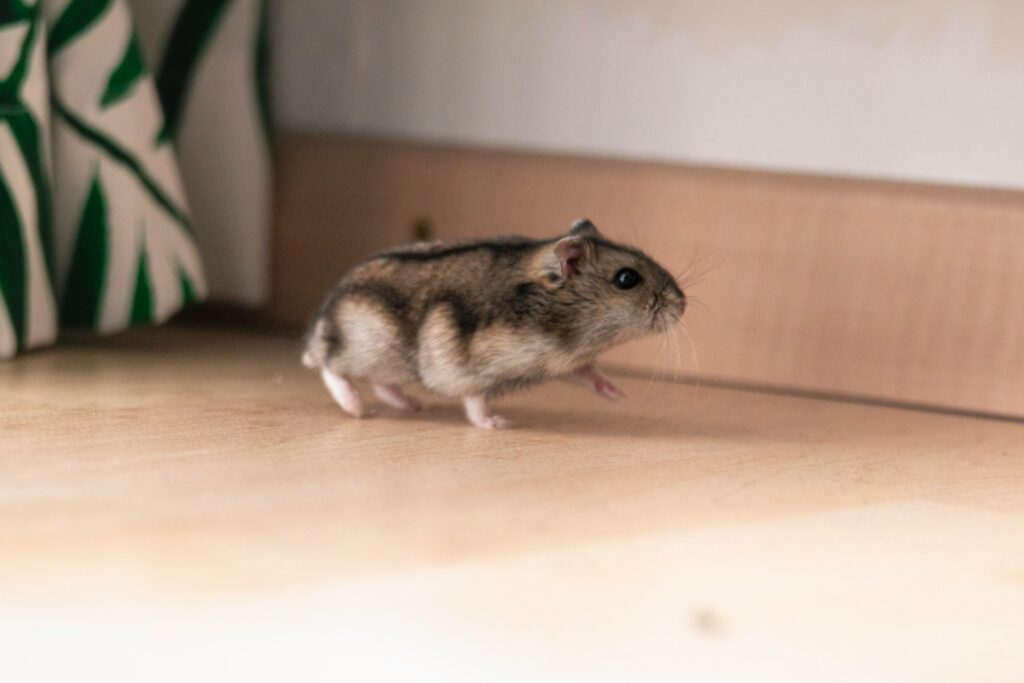
The foundation of safe small mammal travel begins with selecting an appropriate carrier. Opt for a small, secure container that provides adequate ventilation through multiple air holes or mesh panels while preventing escape. Hard-sided carriers typically offer better protection and are easier to secure in vehicles than soft-sided options. The carrier should be large enough for your pet to turn around comfortably, but not so spacious that they slide around during transport. For extra security, consider carriers with double-door mechanisms or locking features specifically designed for small animals. Some specialized small mammal carriers even include built-in water bottles and food dispensers that can be particularly useful for longer journeys.
Creating a Comfortable Travel Environment
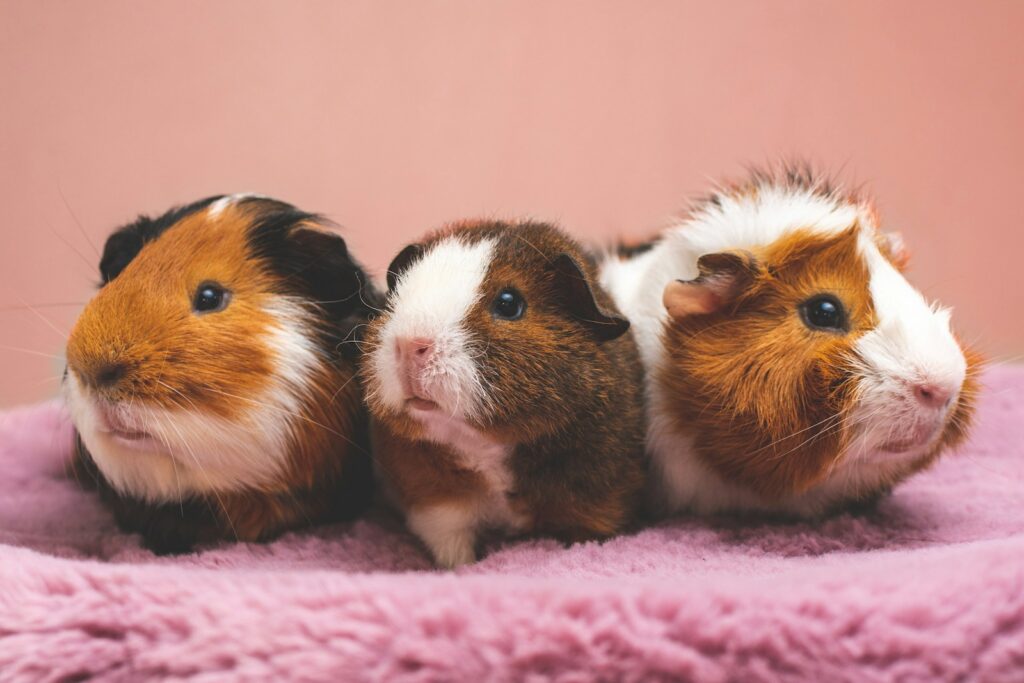
Making the carrier interior cozy and familiar will significantly reduce your pet’s travel anxiety. Line the bottom with their regular bedding material to provide both comfort and a familiar scent that helps calm their nerves. Include small amounts of their favorite hiding material, such as a small section of cardboard tube or a tiny fabric pouch, where they can retreat and feel secure. Avoid overstuffing the carrier, as too many items can become hazardous during movement or temperature changes. For longer journeys, consider including a small, secured hammock or fabric sling that absorbs vehicle vibrations and provides a comfortable resting spot. Remember that simplicity and security will ultimately create the most comfortable travel environment for your mini companion.
Temperature Regulation During Travel

Small mammals are extremely sensitive to temperature fluctuations and can quickly suffer from heat stroke or hypothermia. Never leave your pet carrier in a parked car, even for a few minutes, as temperatures can rise to fatal levels surprisingly quickly. During summer travel, use cooling packs wrapped in towels placed near but not touching the carrier, or drape a damp (not wet) towel over part of the carrier to provide cooling through evaporation. In winter, wrap the carrier in a blanket while ensuring ventilation remains unobstructed, and keep it away from direct heat sources that could cause overheating. Maintain the vehicle temperature between 65-75°F (18-24°C) whenever possible, as this range is comfortable for most small mammal species.
Food and Water Considerations
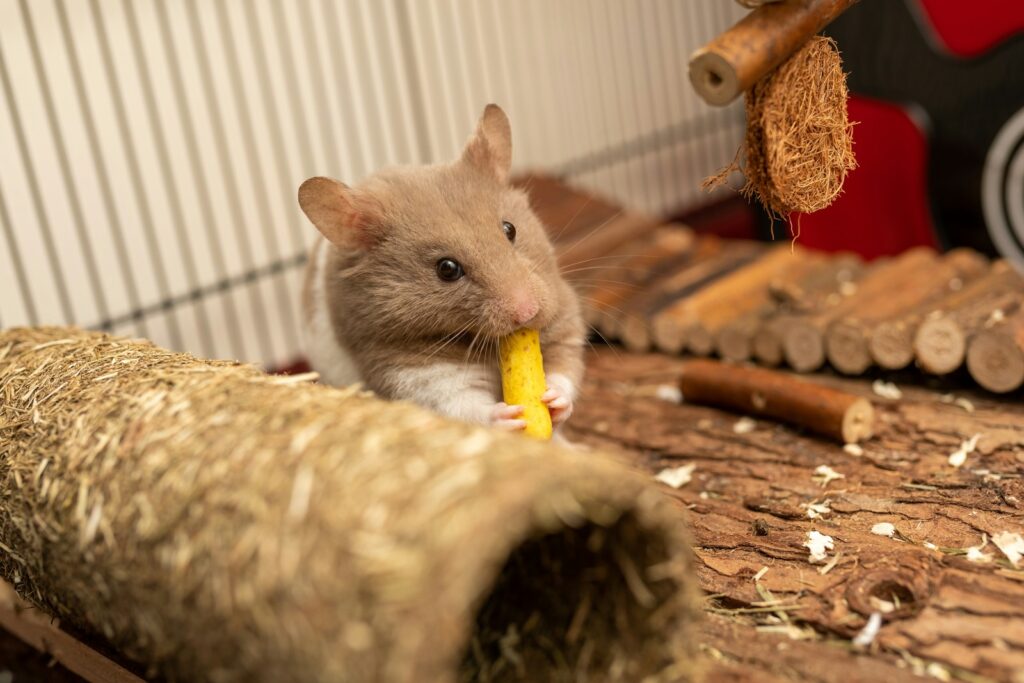
Properly managing your mini mammal’s nutrition and hydration needs during travel requires thoughtful preparation. For trips under three hours, most small pets can typically go without food, but should always have access to water through a spill-proof bottle attached to the carrier or water-rich vegetables like cucumber slices. For longer journeys, pack their regular food in pre-measured portions and introduce small amounts at regular intervals to prevent digestive upset. Avoid introducing new foods during travel, as this can cause stomach distress. Fresh vegetables with high water content serve double duty by providing both hydration and nutrition, but be sure to remove any uneaten produce promptly to prevent spoilage. Remember that stress can affect appetite, so don’t be alarmed if your pet eats less than normal during the trip.
Managing Travel Anxiety in Small Mammals

Travel can be extraordinarily stressful for small animals who naturally prefer stable, quiet environments. To minimize anxiety, begin by introducing your pet to their carrier several days or weeks before your journey, placing treats inside to create positive associations. Cover part of the carrier with a light cloth during travel to reduce visual stimulation while maintaining airflow. Position the carrier in the most stable part of the vehicle to minimize motion, ideally on the floor behind the front passenger seat. Some pet owners report success with playing very soft, consistent white noise or gentle classical music to mask the unsettling sounds of travel. Watch for signs of severe stress, such as excessive freezing, frantic movement, or unusual vocalization, which may indicate you need to pause your journey and allow a rest period in a quiet, temperature-controlled environment.
Health Checks Before Departure

Before embarking on any journey with your mini mammal, a pre-travel health assessment is essential. Schedule a veterinary check-up at least a week before significant trips to ensure your pet is fit for travel and to address any emerging health concerns. Pay special attention to signs of respiratory issues, which can worsen under travel stress, or digestive problems that might indicate underlying conditions. Compile a small travel health record including vaccination information, any current medications, and your veterinarian’s contact details. For pets with chronic conditions, discuss specific travel considerations with your vet and prepare any necessary medications, ensuring you understand proper dosing and administration while away from home. This preparation provides peace of mind and ensures you’re ready to act quickly should any health issues arise during your journey.
Road Trip Safety Strategies
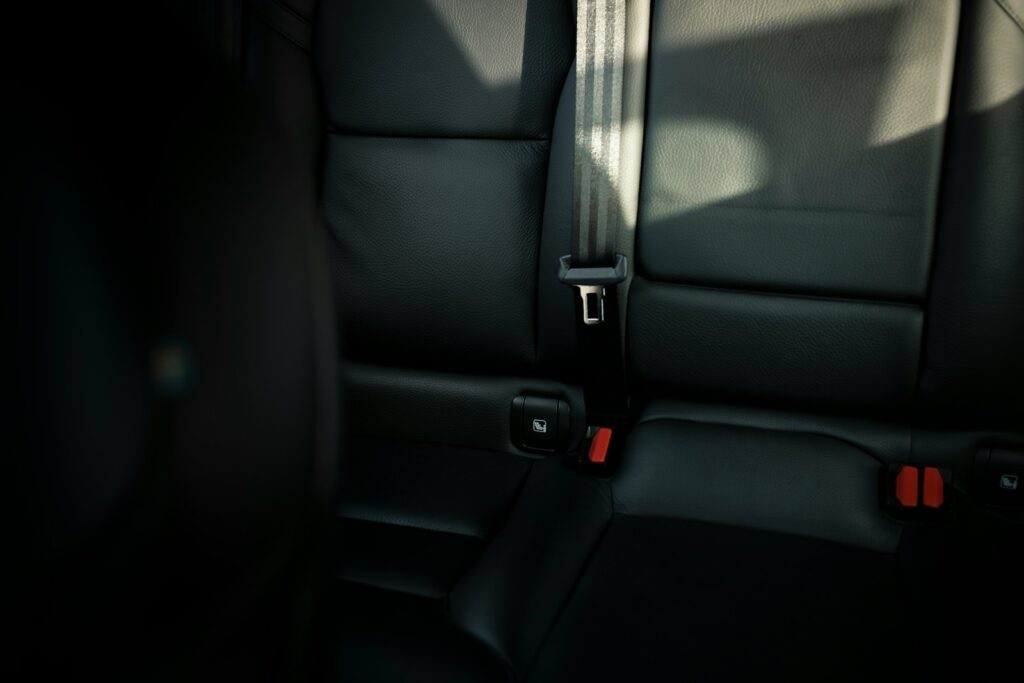
When traveling by car with your mini mammal, strategic placement of their carrier is crucial for their safety and comfort. Secure the carrier with a seatbelt or place it on the floor behind the front seats to minimize movement and protect from airbag deployment. Never place small animal carriers in the trunk or cargo areas where temperature and airflow can’t be properly regulated. Plan your route to include regular stops every 2-3 hours where you can check on your pet in a quiet, secure area of the vehicle without removing them from their carrier in potentially dangerous or escape-prone environments. Avoid playing loud music or making sudden driving movements that could startle your sensitive companion. For journeys exceeding eight hours, consider breaking the trip into multiple days to reduce the continuous stress on your pet.
Air Travel Considerations and Restrictions
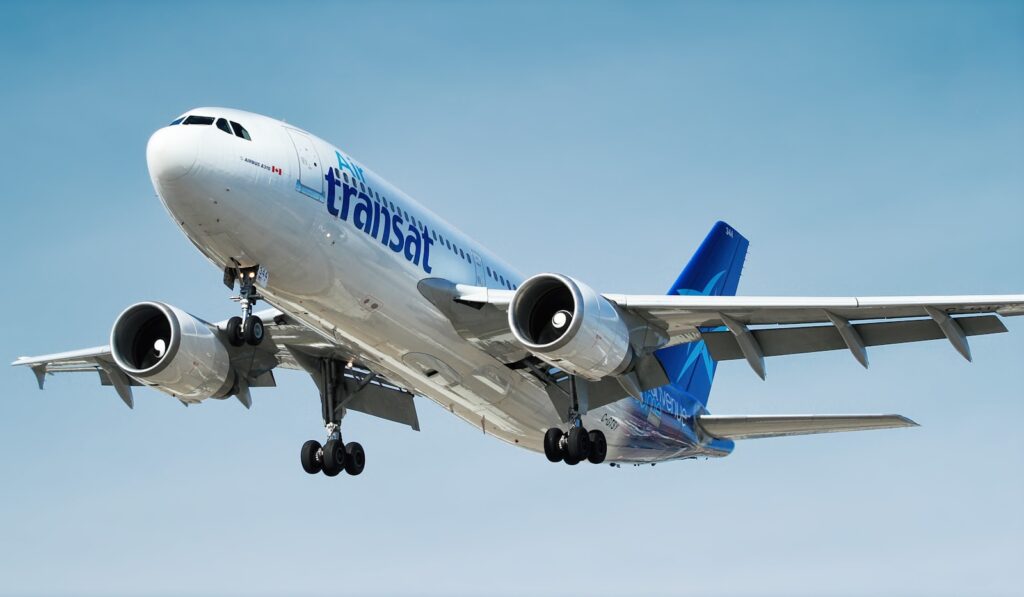
Air travel with mini mammals presents significant challenges and should be approached with caution. Most airlines have strict policies regarding in-cabin travel with small animals, and many do not permit rodents or small mammals in the cabin or as checked baggage at all. Those that do allow small mammals typically require airline-approved carriers with specific dimensions that fit under the seat, proper health certificates issued within 10 days of travel, and advance reservations, as space for pets is limited. Be aware that the pressurized cabin environment and unfamiliar noises can cause extreme stress for small mammals. If air travel is absolutely necessary, consult with your veterinarian about possible mild, natural calming aids that might be appropriate for your specific pet. In many cases, alternative travel arrangements may be preferable for the welfare of especially sensitive species like hamsters or gerbils.
Packing the Essential Travel Kit
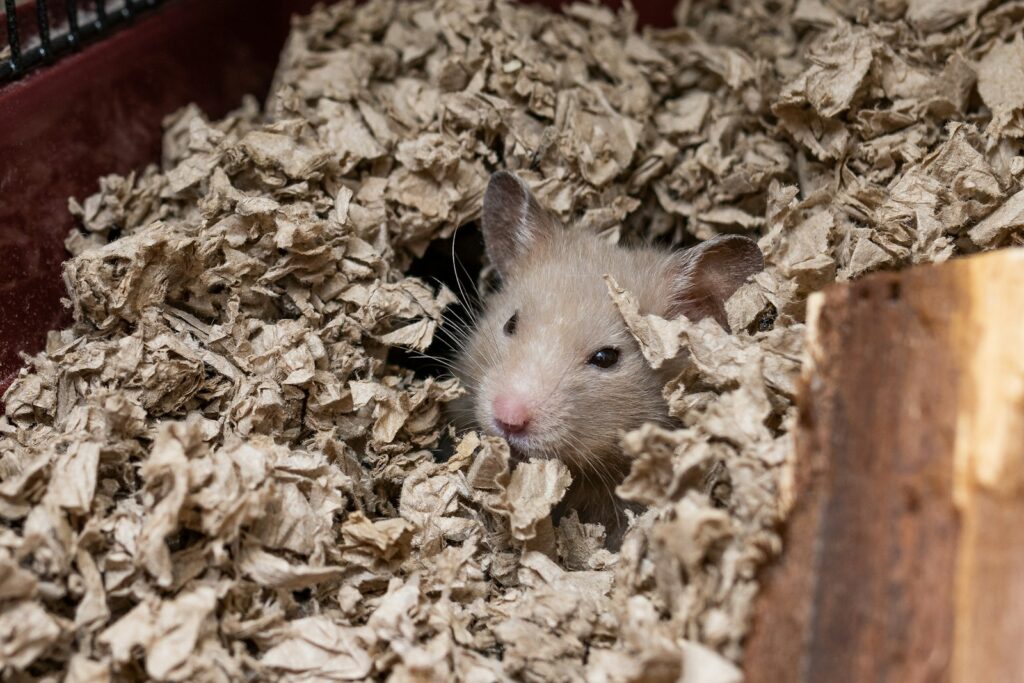
A well-prepared mini mammal travel kit ensures you’re ready for any situation that might arise during your journey. Pack a supply of your pet’s regular food sufficient for the entire trip, plus a 3-day emergency buffer. Include spare bedding materials for necessary carrier cleanings, paper towels for spills, and small plastic bags for waste disposal. Bring a spare water bottle or syringe for manual water administration if needed. Add a basic first aid kit containing styptic powder for minor bleeding, tweezers for splinter removal, and a small digital thermometer to monitor ambient temperature in the carrier area. For pets requiring medication, pack the prescribed treatments along with clear dosing instructions. Finally, include comfort items like a familiar-smelling cloth from their habitat that can provide psychological reassurance during stressful moments.
Accommodations and Destination Planning
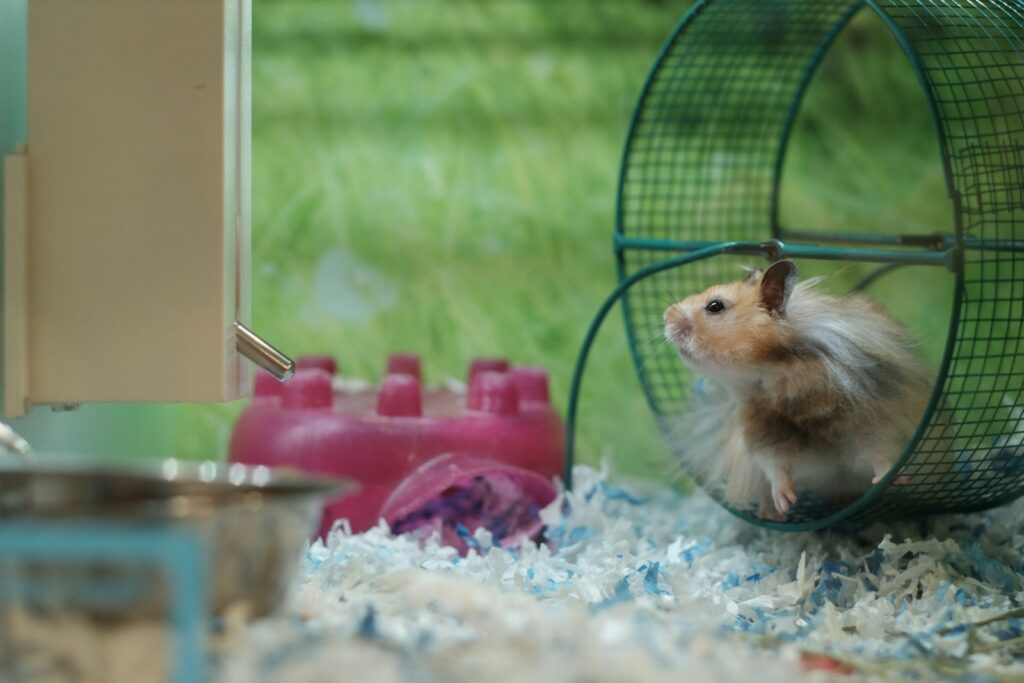
Researching pet-friendly accommodations specifically suitable for exotic pets is essential, as many places that welcome cats and dogs may have different policies regarding small mammals. When booking accommodations, explicitly confirm their policy on small caged pets, as “pet-friendly” often refers only to common domestic animals. Once at your destination, set up a temporary habitat in a quiet corner away from direct sunlight, drafts, or high-traffic areas. Recreate their home environment as closely as possible with familiar bedding, toys, and hiding places to reduce stress in the new surroundings. Be mindful of potential escape routes in hotel rooms or vacation rentals, checking for gaps under doors or accessible vents before allowing any supervised exploration time. Creating a safe, familiar space at your destination will help your mini mammal recover from the journey and adjust to temporary surroundings.
Recognizing and Responding to Travel Emergencies

Being able to identify signs of distress in your small pet during travel can be life-saving. Watch for symptoms that require immediate attention, such as difficulty breathing, excessive lethargy or unresponsiveness, seizures, bleeding, or signs of heat stroke (rapid breathing, drooling, weakness). Before traveling, research emergency veterinary facilities along your route and at your destination that treat exotic pets, as not all emergency clinics are equipped for small mammal care. Program these contacts into your phone for quick access in emergencies. If your pet shows serious distress signs during travel, move the carrier to a temperature-controlled, quiet environment, offer water if possible, and contact an exotic pet veterinarian immediately. For severe heat-related issues, carefully apply a slightly damp, cool (not cold) cloth to the outside of the carrier to gradually lower the temperature while seeking professional help.
Post-Travel Care and Recovery

The journey doesn’t end when you reach your destination or return home—small mammals often need time to decompress after the stress of travel. Once you arrive, place your pet’s carrier in a quiet, temperature-controlled area and allow them to exit at their own pace into their habitat rather than removing them forcefully. Monitor their eating, drinking, and elimination habits for 48-72 hours after travel, as changes could indicate stress or health issues requiring attention. Maintain their regular care schedule as closely as possible to provide a comforting routine. Avoid handling unnecessarily for at least 24 hours post-travel to allow complete recovery from the experience. If you notice prolonged appetite loss, lethargy, or unusual behavior persisting more than two days after travel, consult with a veterinarian as these could indicate travel-related stress disorders or health complications requiring professional intervention.
Traveling with a mini mammal requires thoughtful preparation and attentiveness to their unique needs, but the rewards of including your small companion in your adventures can be tremendous. By prioritizing their comfort, safety, and well-being through proper carrier selection, environment control, and careful monitoring, you can minimize stress and create positive experiences for both of you. Remember that each small species has different tolerances for travel, and individual pets may have varying needs based on their age, health status, and temperament. With the right preparation and mindset, journeying with your pocket-sized friend can strengthen your bond while ensuring they remain happy and healthy wherever your travels may take you.


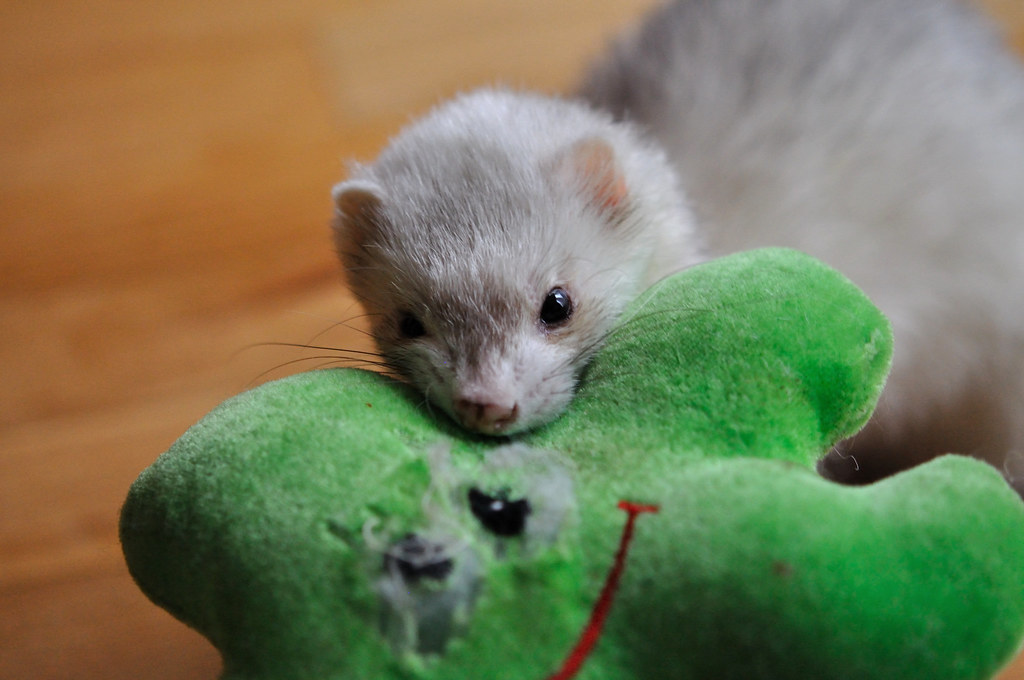


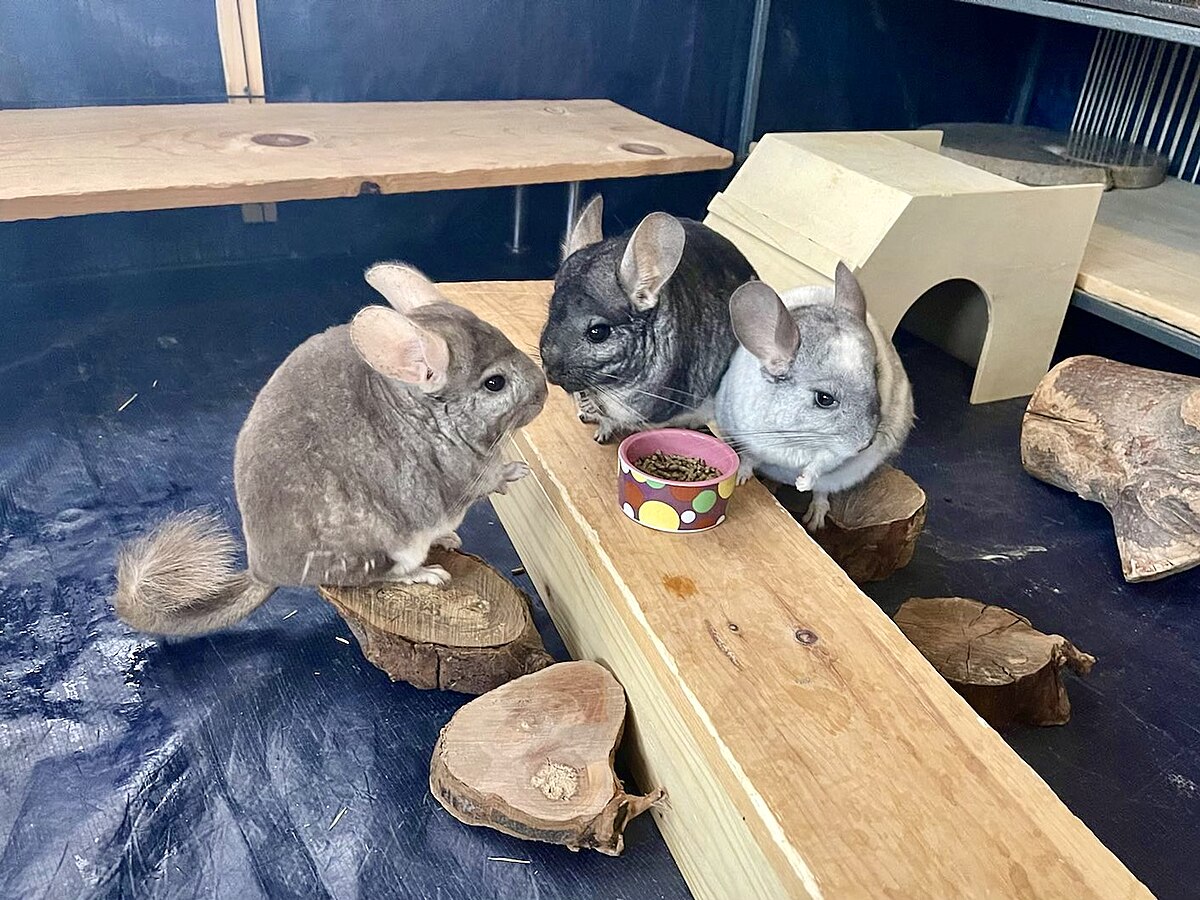
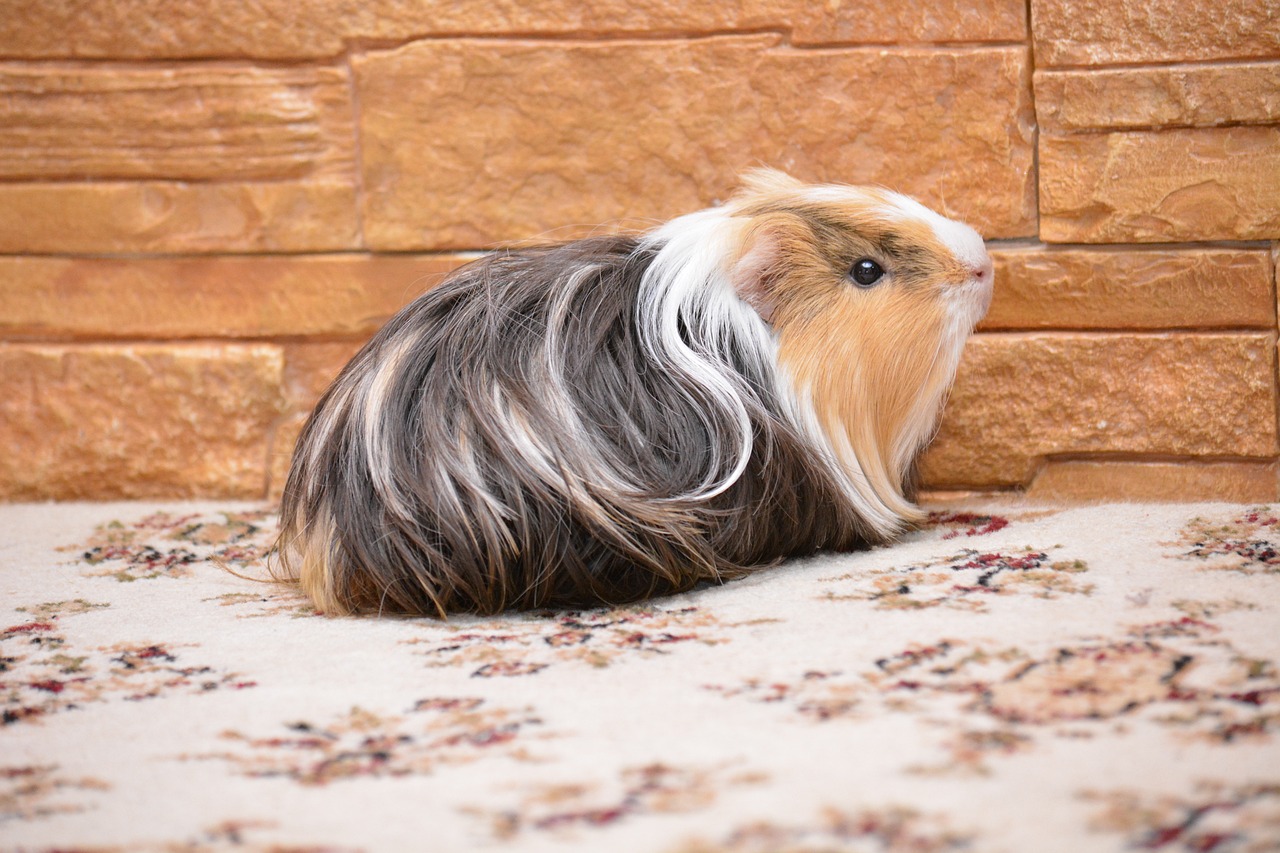
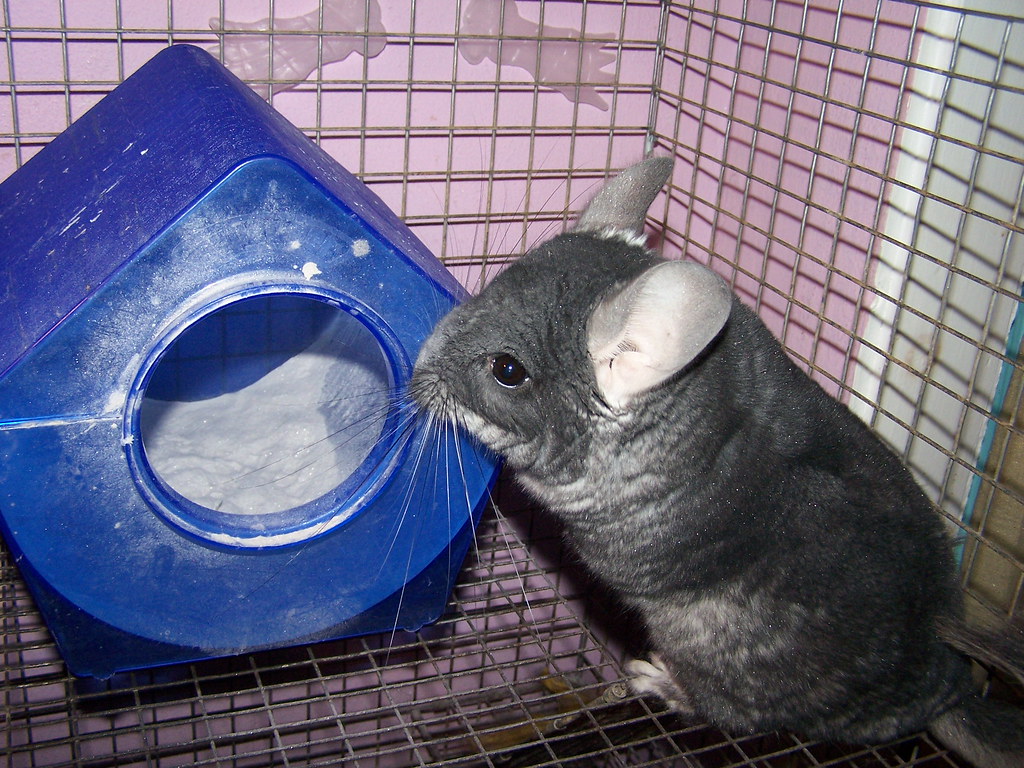

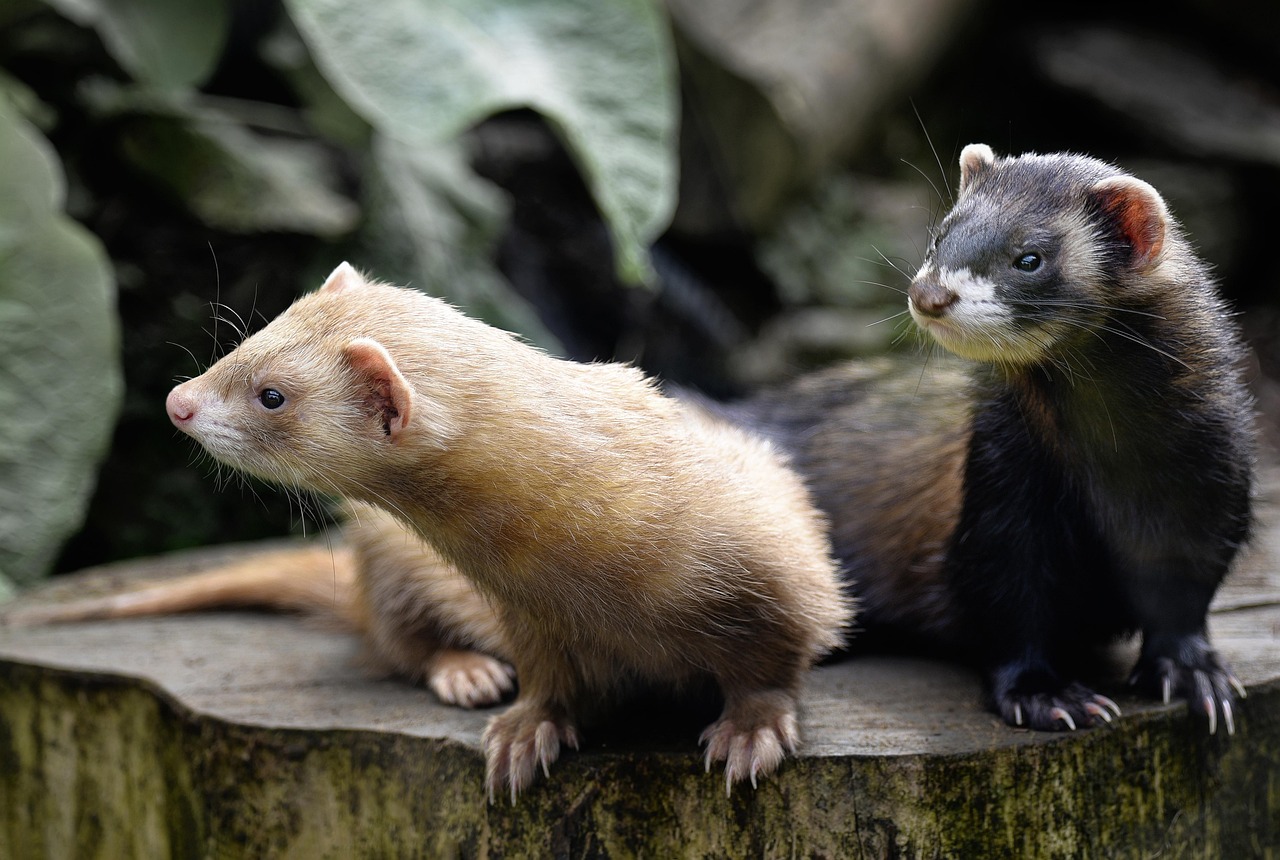

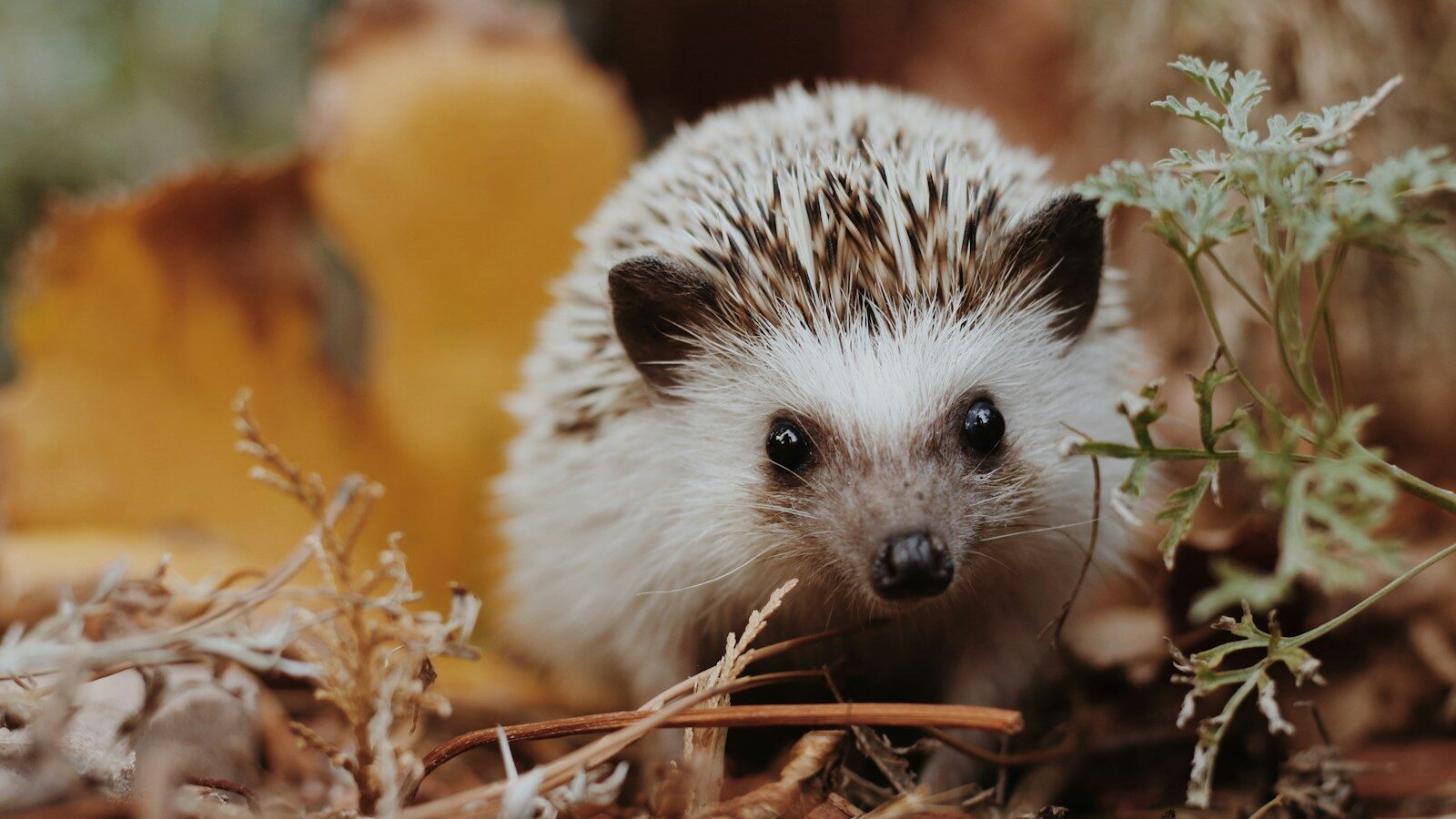




Leave a Reply